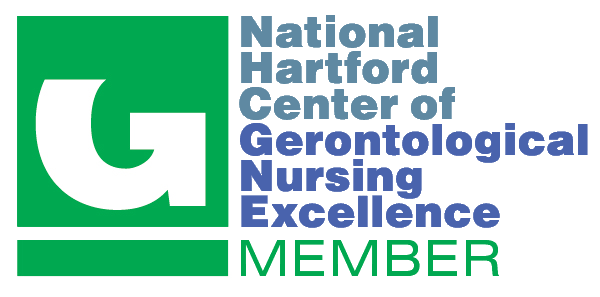Doctor of Nursing Practice Program
Laurie A Berg, DNP, APRN, FNP-BC, AGACNP-BC

-
Committee Chair Name & Credentials:
Ty Williams, DNP, RN, ACNP-BC, FNP-BC, CNE
DNP Project Abstract
Barriers to Prescribing SGLT2 Inhibitors by Nephrology Providers
Purpose
Sodium-glucose cotransporter 2 inhibitors (SGLT2i) have been shown to reduce the incidence and progression of chronic kidney disease (CKD) in multiple randomized controlled trials. Despite initial regulatory approval of the first SGLT2i several years ago, SGLT2i use remains low. Data reviewed from an electronic medical record system utilized by 91 nephrology providers showed that just 7.2% (381/2732) of patients with diabetic kidney disease have been initiated on SGLT2is. Prior research has shown that there are multiple barriers to initiating SGLT2i therapy, but much of this research has focused on primary care providers, endocrinologists and cardiologists. The purpose of this project was to determine barriers experienced by nephrology providers who are seeking to initiate SGLT2i therapy in patient’s with diabetic kidney disease (DKD).
Methods
An 8-question anonymous survey was given to 80 nephrology providers to identify potential knowledge and specialty culture barriers and methods of support in the prescribing process. The survey included demographic, Likert scale, multiple choice, and open-ended questions. The survey was built in Microsoft Forms and distributed to providers by the practice information systems director. Quantitative responses were reported using descriptive statistics and qualititative responses were reported using thematic analysis. Demographics were reported in pivot tables. Likert-scale responses were given a numerical code and data were analyzed via Microsoft Excel. Responses to multiple answer questions were entered as a dataset and analyzed via Microsoft Excel. A list of ‘other’ responses were generated and grouped thematically.
Results
Twenty-seven providers (24 physicians and three advance practice providers) responded. Physicians had an average of 21 years of experience and APPs had an average of 9 years of experience. Related to selected randomized controlled trials, providers believed they had adequate or superior knowledge of the EMPA-kidney (55%), EMPA-reg outcome (44%), CREDENCE (74%), and DAPA-CKD (59%). When asked who should initiate prescribing and monitoring of SGLT2i in patients with DKD, respondents indicated nephrologists (59%), primary care physicians (26%), endocrinolgists (11%), and other (4%). When asked about their comfort level prescribing SGLT2is, 85% reported they were either very or somewhat comfortable. When asked about level of comfort educating patients regarding SGLT2is, 81% reported they were either very comfortable or somewhat comfortable. Information thought to be most helpful when prescribing SGLT2is included a summary of randomized controlled trials and a flowchart for prescribing and monitoring patient progress. The three main barriers to prescribing identified were cost (29%), pre-authorization issues with insurance companies (29%), and patient resistance to new medication (16%).
Implications for Practice
This project demonstrated the need to simplify prescribing SGLT2i and to give providers critical information concisely to facilitate their use. As indicated by results of the survey, flowcharts may be used to increase provider knowledge and confidence and thereby impact prescribing rates. The proiect also showed that some nephrology providers do not want to be responsible for prescribing SGLT2i. As such, it will be imperative for us to take ownership of the prescribing. Working with primary care physicians, APRNs, cardiologists, and endocrinologists as a cohesive team will be critical in overcoming ownership and inter-specialty conflict. Lastly, this project confirmed that cost and issues with insurance pre-authorization remain a significant and possibly the greatest barrier. SGLT2i cost several hundred dollars to up to five thousand dollars a month. As a result, the most vulnerable patients are unable to access SGLT2i therapy. To address this disparity, health care providers should continue to advocate for coverage and direct patients to financial assistance programs. The overwhelming evidence that SGLT2i reduce the incidence and progression of CKD should motivate providers to proactively ensure that all patients who medically qualify for this medication have the opportunity to receive it.




